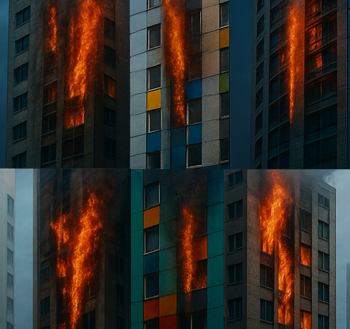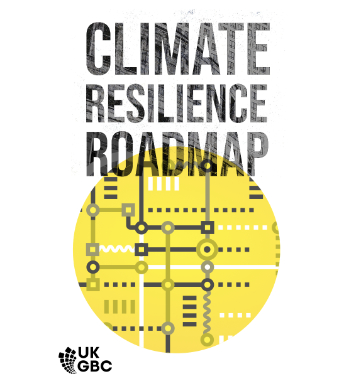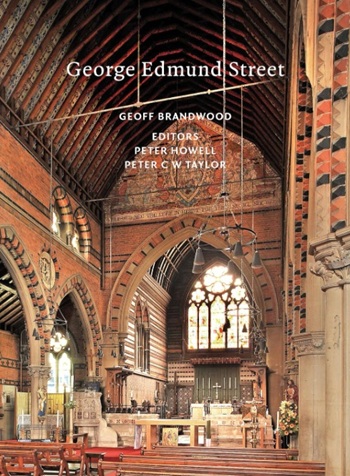Construction Industry Model Arbitration Rules CIMAR
Arbitration is a private, contractual form of dispute resolution. It provides for the determination of disputes by a third party arbitrator or arbitration panel, selected by the parties to the dispute.
The Construction Industry Model Arbitration Rules (CIMAR) were produced by the Society of Construction Arbitrators and introduced following the 1996 Arbitration Act. The rules have no statutory status and depend upon voluntary incorporation into contracts. They have been widely used for dispute resolution in the industry since being adopted as the standard by the Joint Contracts Tribunal (JCT).
According to CIMAR: 'The objective of the rules is to provide for the fair, impartial, speedy, cost-effective and binding resolution of construction disputes, with each party having a reasonable opportunity to put his case and to deal with that of his opponent.'
Once the arbitrator has been appointed under these rules, the parties may not, without the arbitrator's agreement, amend the rules or impose procedures in conflict with them. The rules apply where:
- A single arbitrator is to be appointed.
- The seat of the arbitration is in England, Wales or Northern Ireland.
The rules deal with the following areas:
- Beginning and appointment.
- Joinder.
- Particular powers.
- Procedure and evidence.
- Form of procedure and directions.
- Short hearing.
- Documents only.
- Full procedure.
- Provisional relief.
- Default powers and sanctions.
- Awards and remedies.
- Costs.
[edit] Find out more
Related articles on Designing Buildings Wiki:
- Alternative dispute resolution.
- Arbitration.
- Arbitration Act.
- Causes of construction disputes.
- Dispute resolution boards.
- JCT.
- Joinder.
- NEC3.
- NEC contract change management systems.
- NEC early contractor involvement.
- Pendulum arbitration.
- Provisional relief.
- Target cost.
[edit] External references
Featured articles and news
Government consultations for the summer of 2025
A year of Labour, past and present consultations on the environment, the built environment, training and tax.
CMA competitiveness probe of major housing developers
100 million affordable housing contributions committed with further consultation published.
Homes England supports Greencore Homes
42 new build affordable sustainable homes in Oxfordshire.
Zero carbon social housing: unlocking brownfield potential
Seven ZEDpod strategies for brownfield housing success.
CIOB report; a blueprint for SDGs and the built environment
Pairing the Sustainable Development Goals with projects.
Types, tests, standards and fires relating to external cladding
Brief descriptions with an extensive list of fires for review.
Latest Build UK Building Safety Regime explainer published
Key elements in one short, now updated document.
UKGBC launch the UK Climate Resilience Roadmap
First guidance of its kind on direct climate impacts for the built environment and how it can adapt.
CLC Health, Safety and Wellbeing Strategy 2025
Launched by the Minister for Industry to look at fatalities on site, improving mental health and other issues.
One of the most impressive Victorian architects. Book review.
Common Assessment Standard now with building safety
New CAS update now includes mandatory building safety questions.
RTPI leader to become new CIOB Chief Executive Officer
Dr Victoria Hills MRTPI, FICE to take over after Caroline Gumble’s departure.
Social and affordable housing, a long term plan for delivery
The “Delivering a Decade of Renewal for Social and Affordable Housing” strategy sets out future path.
A change to adoptive architecture
Effects of global weather warming on architectural detailing, material choice and human interaction.
The proposed publicly owned and backed subsidiary of Homes England, to facilitate new homes.
How big is the problem and what can we do to mitigate the effects?
Overheating guidance and tools for building designers
A number of cool guides to help with the heat.
The UK's Modern Industrial Strategy: A 10 year plan
Previous consultation criticism, current key elements and general support with some persisting reservations.
Building Safety Regulator reforms
New roles, new staff and a new fast track service pave the way for a single construction regulator.
























